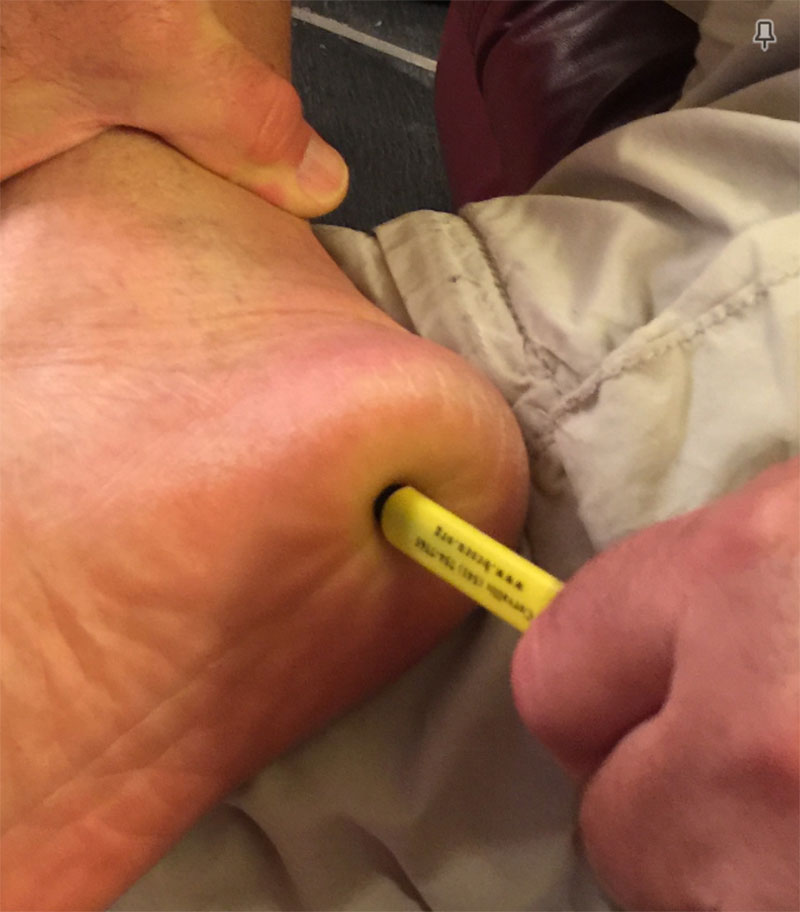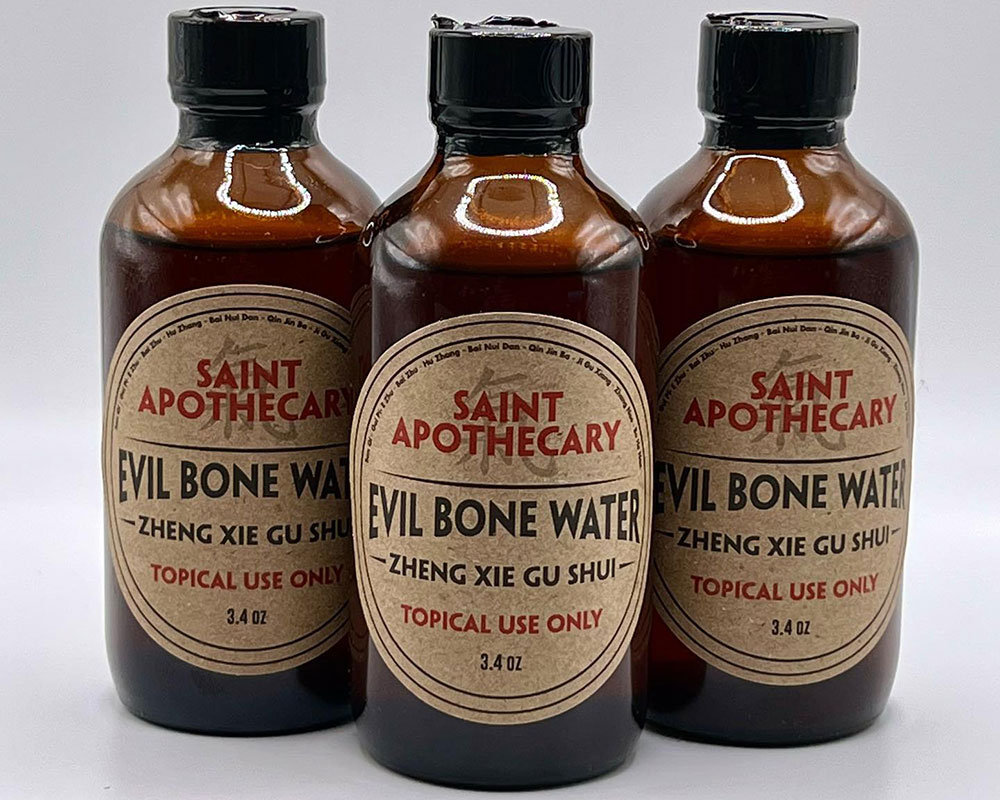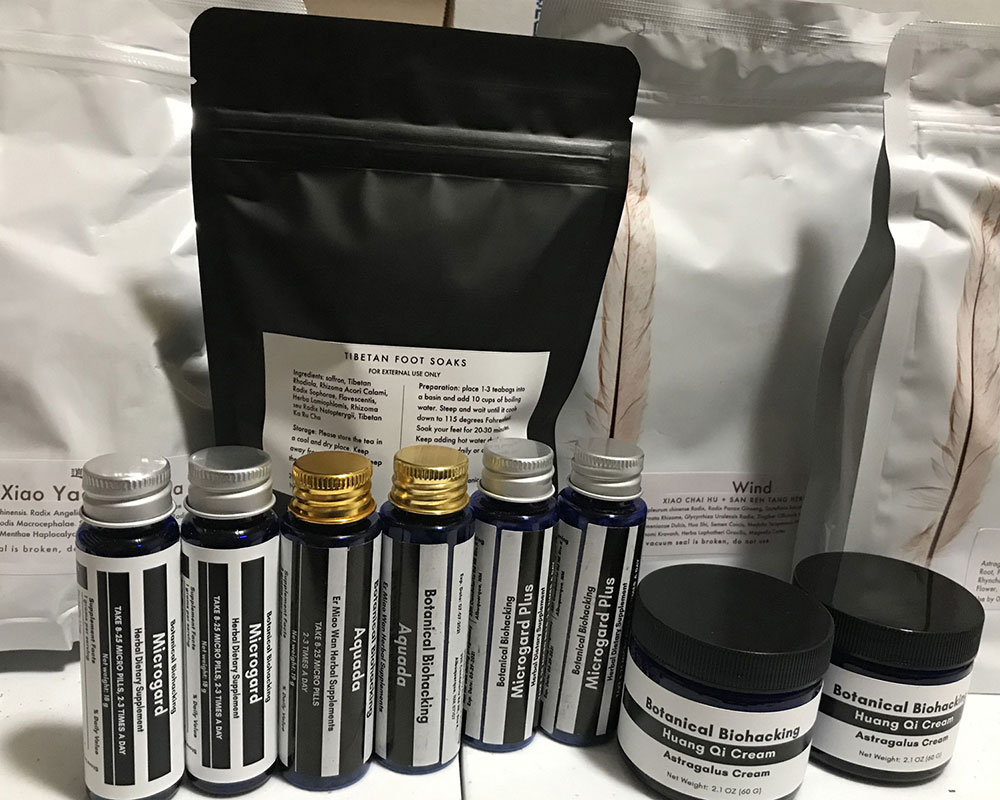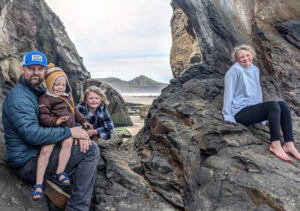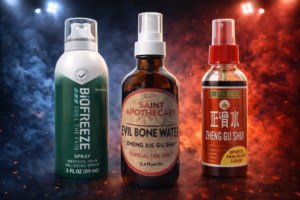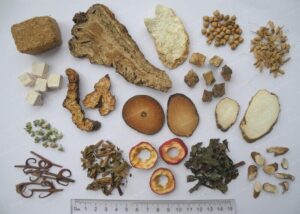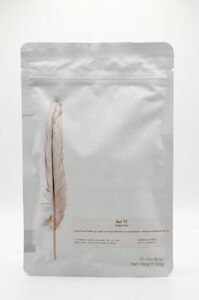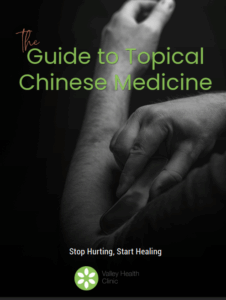Plantar fasciitis is a common ailment that can significantly impact your daily life. The good news is that effective plantar fasciitis treatment options are available to help alleviate the pain and get you back on your feet. In this comprehensive guide, we will explore various treatments and techniques, from conservative approaches to advanced therapies, to provide you with the knowledge you need to make informed decisions on managing and treating plantar fasciitis effectively. Say goodbye to foot pain and regain your mobility – read on to discover the best plantar fasciitis treatment options that can bring you relief.
Plantar fasciitis (PLAN’-tar Fashee-EYE’-tis) is a medical condition characterized by moderate to severe heel pain stemming from when the plantar fascia (FA’-shee-uh) becomes inflamed, usually by trauma or overuse. The plantar fascia is a tough band of connective tissue on the bottom of your foot that runs from your heel to the base of your toes at the ball of your foot.
Symptoms
Commonly experienced first in the morning or after a period of rest, this heel pain can mimic the pain of stepping on a piece of glass or can feel as if the heel itself is bruised. If the patient has been off of her or his feet for at least 30 to 60 minutes, for example, while watching television or having a meal, the patient will often hobble for the first several steps due to the pain before being able to put any weight on the heel.
Causes
The most common cause of plantar fasciitis is a sudden increase in use, like walking or running. However, sometimes the cause of the specific trauma may go unnoticed until symptoms worsen.
Plantar Fasciitis Treatment Method
There are two common approaches to treating plantar fasciitis — (1) Stretching and (2) Resting.
The Stretching Method
If the tissue is loose enough, it will not get inflamed when being used. Here are a few ways to administer the stretch:
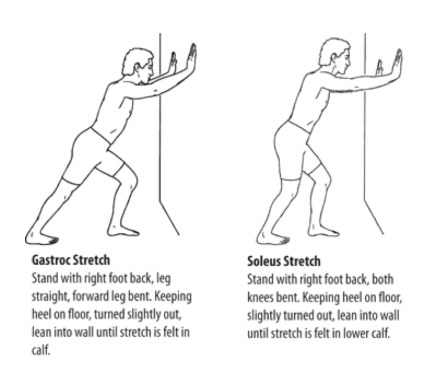
- Stretch the calf with the knee straight to isolate the gastroc.
- Stretch the calf with the knee bent to isolate the soleus
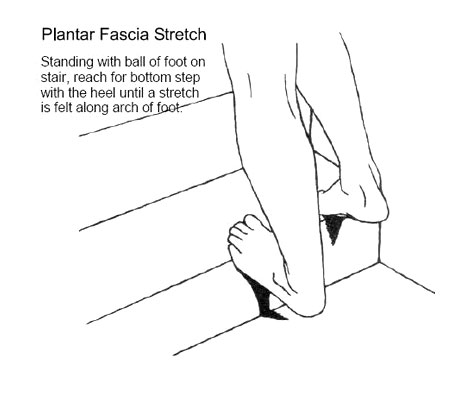
- Stretch the calf using a stair or edge on the bottom of the foot to isolate the plantar fascia.
- Splint the foot in a flexed position at night by untucking the sheets of the bed so the foot can rest in a more neutral position.
- Roll the bottom of the foot with a tennis ball or frozen water bottle.
The Resting Method
When rested for an extended period of time, the inflammation has the opportunity to subside. Consider:
- Decreasing activity of being on feet
- Wearing soft and cushy shoes
- Using crutches or wearing an orthopedic boot.
If you have tried both of these methods and have found that you are not healing as fast as you would like, I would suggest trying a third method that I have found works very well.
The Pressing Method
Below is an excerpt from the founder of this technique, Harry Oxenhandler:
One day, after having walked quite a long distance, I noticed pain in my heel. I had no recollection of having injured my heel other than the walk itself. The pain persisted, and I noticed that I was hobbling after having been seated for a while or after having gotten out of bed. I finally realized that I had plantar fasciitis and that it had probably been caused by one of the soft spikes on the bottom of my athletic shoe. After several days of rest and stretching with no positive results, I became very frustrated. I sat down on a chair and crossed my ankle on my opposite knee and turned the sole of my foot towards my face, and began to probe the bottom of my sore heel to see if I could find the most tender spot. Once I located the most tender spot, I marked it with a ballpoint pen and then took the rounded, blunt end of the pen and began to apply deep pressure to that very specific spot.
Needless to say, it was very tender, but I have to tell you that it was a “good hurt,” if you know what I mean. It felt as if I were, somehow, getting to the root of the problem. I switched to using my thumb because it gave me more leverage and continued to push on the most tender spot until I felt the tip of my thumb actually touching the heel bone itself. Of course, I had not penetrated the skin. I had merely pushed the underlying tissues out of the way by applying steady, deep pressure for about 5 minutes until it felt as if my thumb tip were touching my heel bone. At that point, I stopped.
The next day, my heel was sore. After a couple of days, however, the heel felt better. The symptoms of pain and hobbling around were still there, but it was not nearly so severe. I repeated the above treatment about every three days for a total of six times. The heel pain disappeared and has never returned since.
I decided to offer this treatment option to those of my patients with plantar fasciitis that had suffered from the problem for a long time, that had tried many of the treatment modalities available and that were willing to give it a try. Many of my patients were more than willing because plantar fasciitis can be very disabling. I would ask the patient to lie face down on the examining table, and I would bend the knee to 90°. Then I would carefully poke around with my thumb until I found the most tender spot on the heel. I then explained to the patient that when I applied gradual but deep pressure, that s(he) was going to feel some tenderness and to tell me if s(he) wanted me to stop at any time. I am being completely honest with you when I say that no one had ever asked me to stop until I had finished (about 5 min).”
– Excerpt from MEDICAL PEARLS of WISDOM: 4 Secret Cures from a Pain Specialist
As shown in the example from the founder of this method, the simple yet profound impact of slow, steady, and deep pressure cannot be understated. Different tissues in the body have different tissue densities. The denser the tissue, the slower it responds to pressure.
A few examples of this phenomenon can be shown through foods. For example, when you are spreading butter, warm butter is less dense and spreads easier than cold. Another example is jelly vs. peanut butter. Jelly spreads easier than peanut butter because it is less dense. If you have ever tried to spread peanut butter on bread too quickly, it will tear the bread. You need to apply slow and steady pressure to avoid tearing.
Like jelly and peanut butter, muscles are less dense than ligaments and tendons. And as we go deeper, ligaments and tendons are less dense than bone.
Therefore, it’s important to note that muscles respond quickly to external pressure. Bones, on the other hand, respond more slowly. This is why extended periods of muscle tension can cause pain and aggravation in the tendons, like tennis elbow. Extended periods of tendon tension will create aggravation in the bone, like bone spurs. With plantar fasciitis, there is some level of muscle tension and tendon tension and, in severe cases, possible bone inflammation. To treat this inflammation, we need to apply the appropriate amount of pressure to stimulate the appropriate tissue.
Typically done with plantar fasciitis, applying heat for 10 minutes, foam rolling, and a quick massage will relax the muscles, however, it will not have an impact on the plantar fascia.
I have found that instead, soaking the foot for 20-30 min and applying slow, steady pressure will have a greater effect on relaxing the deeper and denser plantar facia.
The key to successful treatment was to make sure that I applied deep and steady pressure until I felt as if the tip of my thumb had gradually pushed away the fat and fascia layers beneath the skin of the heel and had actually touched the heel bone. The heel can have quite a thick layer of fat and fascia between the skin of the heel and the heel bone, so it can take considerable pressure to separate those tissues and reach the heel bone.
Tips & Tricks
I would recommend this method for treatment with your patients:
- Foot soak for 20 to 30 minutes
- Topical Liniment Rub to the area
- Apply Knobble with slow and steady pressure
Foot Soak
I have found that longer exposure to heat, like a foot soak, is better and more relaxing to the deeper tissue of the feet than a topical healing pad. The heat helps the tissue move and spread apart so you can reach the deeper plantar fascial layer more quickly. Botanical Biohacking Foot Soaks are by far the best I have found.
Topical Liniments
I have also found that applying topical liniments can help the foot feel better and recover quicker from the deep pressure. For Plantar Fasciitis, Evil Bone Water is the best. It penetrates deeply into the tissue and bones, stimulating fresh blood flow to the area to supercharge the healing process.
Unlike oral pain medications, EBW gets to work on pain immediately. You don’t have to wait for the ingredients to go through your stomach and digestive system, degrading along the way and depositing harmful compounds into your blood and vital organs. Simply apply EBW to the affected area, and the patient will instantly feel warm relief.
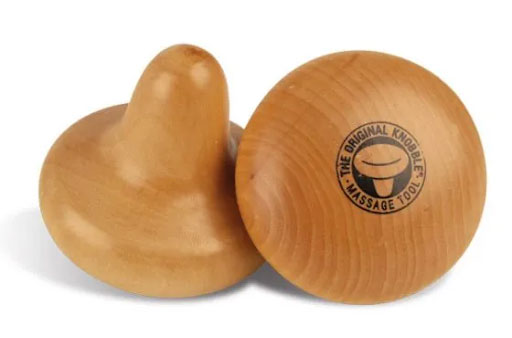
Buy Evil Bone Water Today!
Evil Bone Water (Zheng Gu Shui) is a Chinese topical medicinal hand-crafted with only empirical grade herbal ingredients in an approved facility.
We make available natural products that have been observed to make a difference in the lives of our patients, friends and family. You’re in good hands shopping with us.
About the Author
Willard Sheppy is a writer and healthcare practitioner who seamlessly melds scientific knowledge with practical applications in engaging and authoritative articles. He holds a Bachelor of Science in Environmental Science from Oregon State University and a Master’s in Acupuncture and Oriental Medicine from the distinguished Oregon College of Oriental Medicine.
In his work, Willard skillfully combines his extensive educational background in scientific research with his practical experience as a healthcare practitioner. Willard balances his life with martial arts and cherished family adventures. As a father of three, he often leads his family on camping and hiking trips along the breathtaking Oregon coast.
Connect with Willard on LinkedIn at linkedin.com/in/valleyhealthclinic or learn more about his services at valleyhealthclinic.com. Embark on this journey towards holistic health with Willard!

